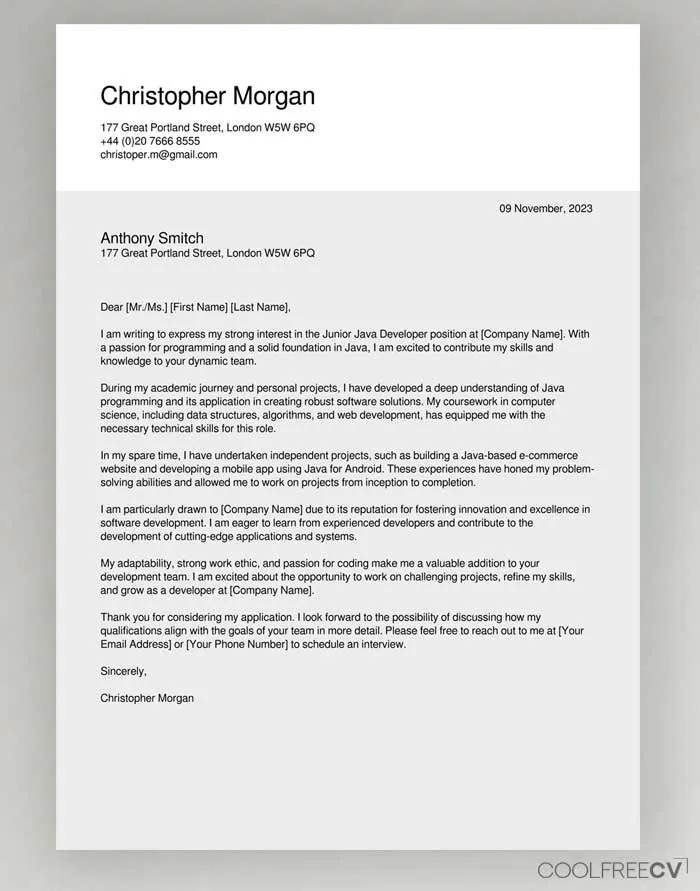Understanding the Importance of a Cover Letter
In the competitive landscape of job applications, a cover letter serves as your personal introduction and a crucial tool to make a strong first impression. A well-crafted cover letter isn’t just a formality; it’s your opportunity to showcase your personality, highlight relevant skills and experiences, and explain why you’re the perfect fit for the role and the company. Unlike a resume, which provides a static summary of your qualifications, a cover letter allows you to tell your story, connecting your past experiences to the specific requirements of the job. It demonstrates your enthusiasm, writing abilities, and attention to detail, all of which are vital for securing an interview. Neglecting the cover letter is often a missed opportunity to significantly boost your chances. Including this document alongside your resume ensures the hiring manager is made aware of your personal enthusiasm.
Cover Letter Essentials
Before diving into the specifics of writing, it’s essential to understand the core components that make up a compelling cover letter. A well-structured letter typically includes a header, a salutation, an opening paragraph that grabs the reader’s attention, a body that elaborates on your skills and experiences, and a compelling closing. Each of these elements plays a crucial role in conveying your message effectively. Keep in mind that the aim is not only to list your qualifications but to weave them into a narrative that shows your genuine interest in the opportunity. A great cover letter needs to be well-organized, tailored to the specific job, and free of errors.
Formatting and Structure
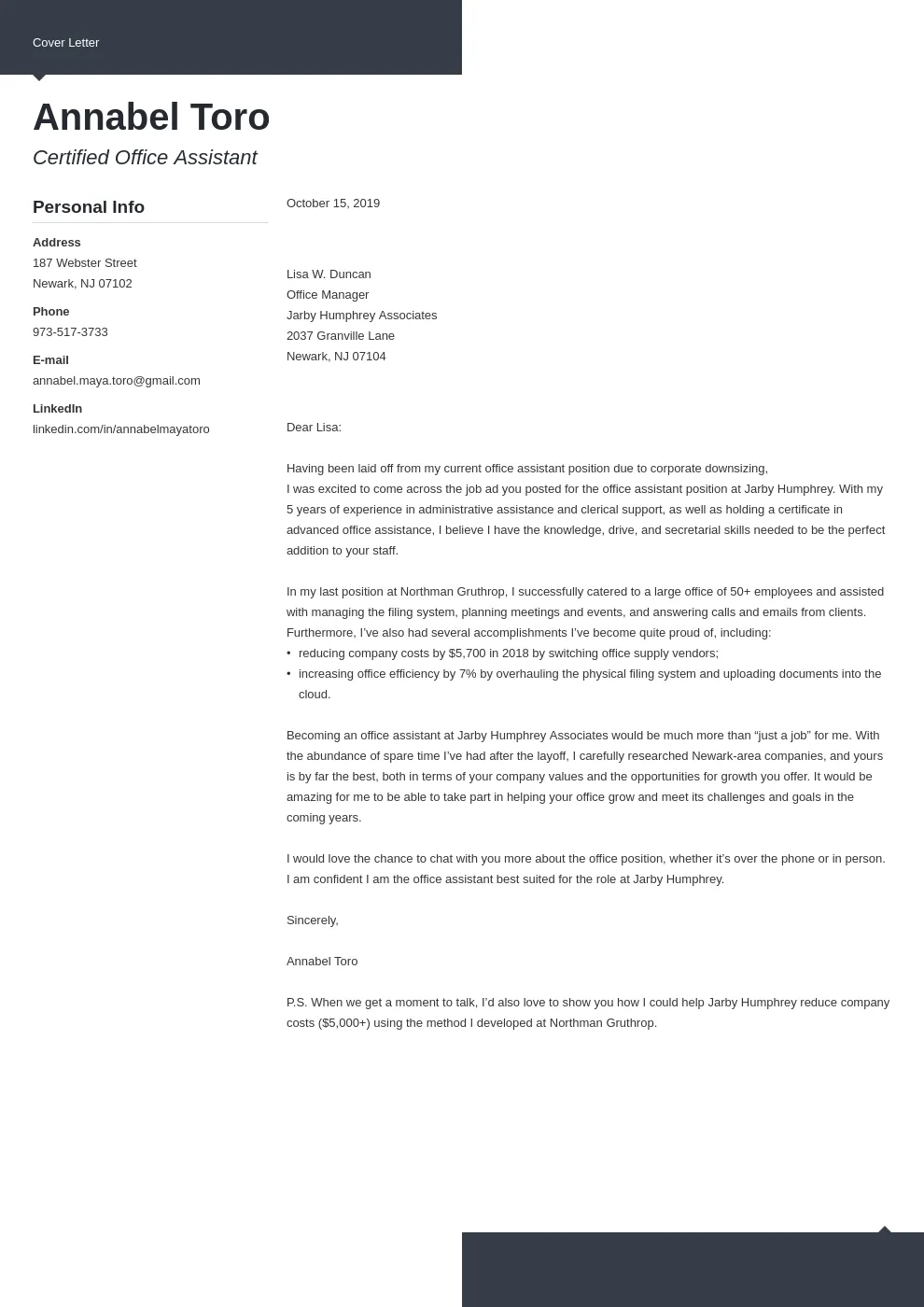
The format and structure of your cover letter are just as important as the content. A clear, easy-to-read layout makes a positive impression. Stick to a professional font like Times New Roman, Arial, or Calibri, and use a font size between 10 and 12 points. Ensure that your letter is well-spaced, with consistent margins, and keep the content concise, ideally within one page. Proper formatting reflects your attention to detail and respect for the reader’s time, allowing the recruiter to find the most relevant information quickly. This not only makes your letter visually appealing but also helps highlight key information.
Header
The header of your cover letter should include your contact information (name, phone number, email address, and optionally your LinkedIn profile URL) aligned to the left or right. Directly below, add the date, and then the recipient’s contact information (their name, title, company name, and address) aligned in the opposite direction. This information is essential as it provides context and ensures that your application looks polished and professional. Accuracy is key in this section.
Salutation
Begin your cover letter with a professional salutation. If possible, address the hiring manager by name (e.g., “Dear Mr./Ms. [Last Name]”). If you can’t find the name, use a general salutation such as “Dear Hiring Manager.” Avoid generic greetings like “To Whom It May Concern,” as they can make your application seem impersonal. Researching the hiring manager’s name shows that you’ve taken the time to personalize your application, which is an advantage. An informed salutation always makes a great first impression.
Body Paragraphs
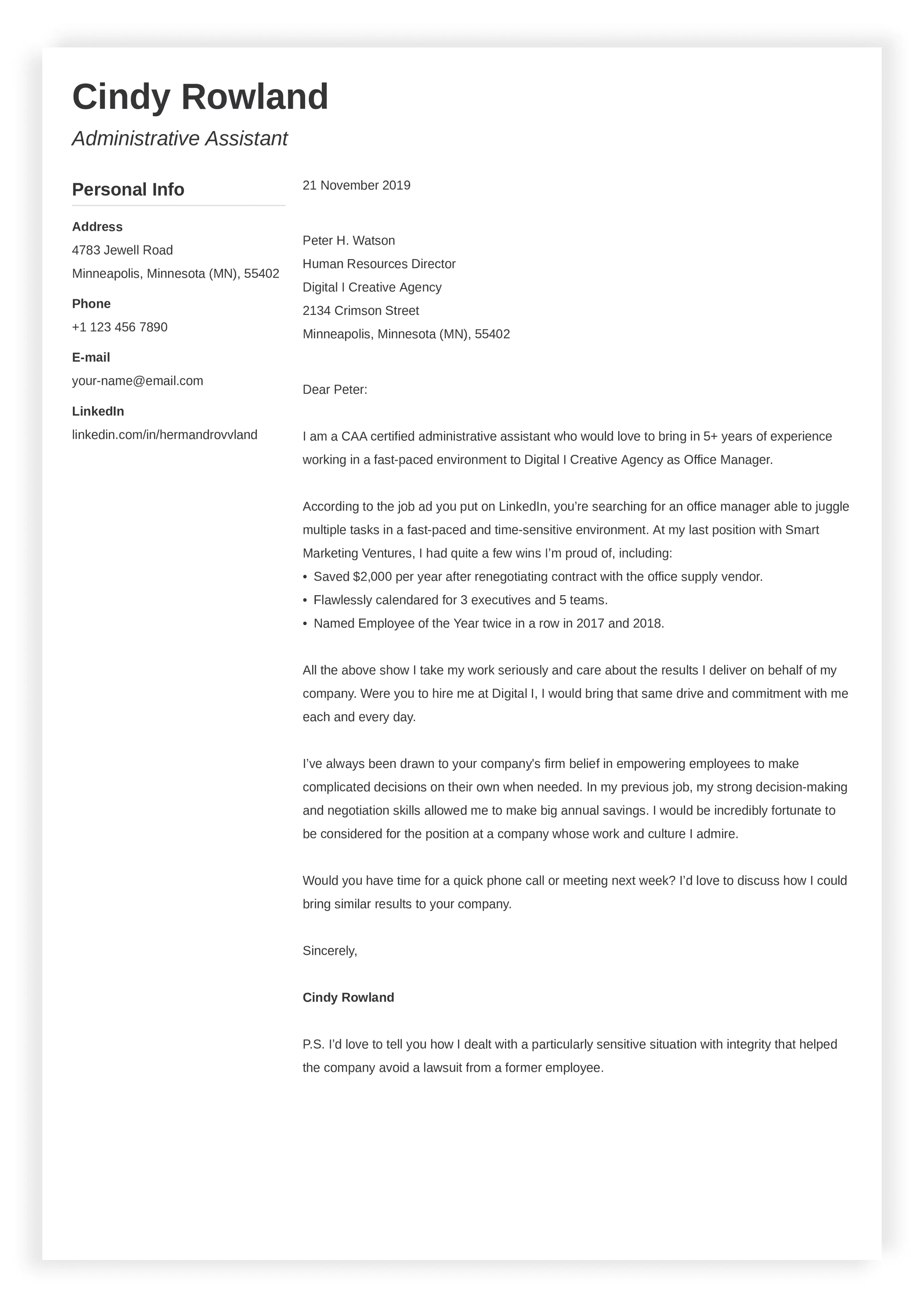
The body of your cover letter is where you showcase your skills, experiences, and enthusiasm. Divide this section into three or four paragraphs to effectively present your qualifications and demonstrate your interest in the role. In the first paragraph, grab the reader’s attention and state the position you are applying for. The second paragraph should highlight the key skills and experiences that align with the job requirements. The third paragraph should express your enthusiasm for the company and the role, explaining why you’re a good fit. Make sure the paragraphs stay focused, providing the recruiter with the required information without being exhaustive.
Closing and Signature
Conclude your cover letter with a strong closing paragraph that reiterates your interest and expresses your eagerness to discuss your application further. Include a call to action, such as “I look forward to the opportunity to discuss my qualifications in an interview.” End the letter with a professional closing (e.g., “Sincerely” or “Best regards”), followed by your typed name. If submitting a physical copy, leave space for your signature above your typed name. The closing paragraph provides a strong final impression.
Writing the Body of Your Cover Letter
The body of your cover letter is your opportunity to shine. This is where you provide details, tell your story, and make a compelling case for why you should be hired. Crafting each paragraph thoughtfully and strategically is key to capturing the hiring manager’s attention and securing an interview. This section is where you can turn the tables by highlighting how your skillset matches the desired job requirements, and presenting your enthusiasm to the prospective employer. It is also where you can stand out from other candidates by weaving your personal traits with those that the company requires.
First Paragraph - Grab Attention
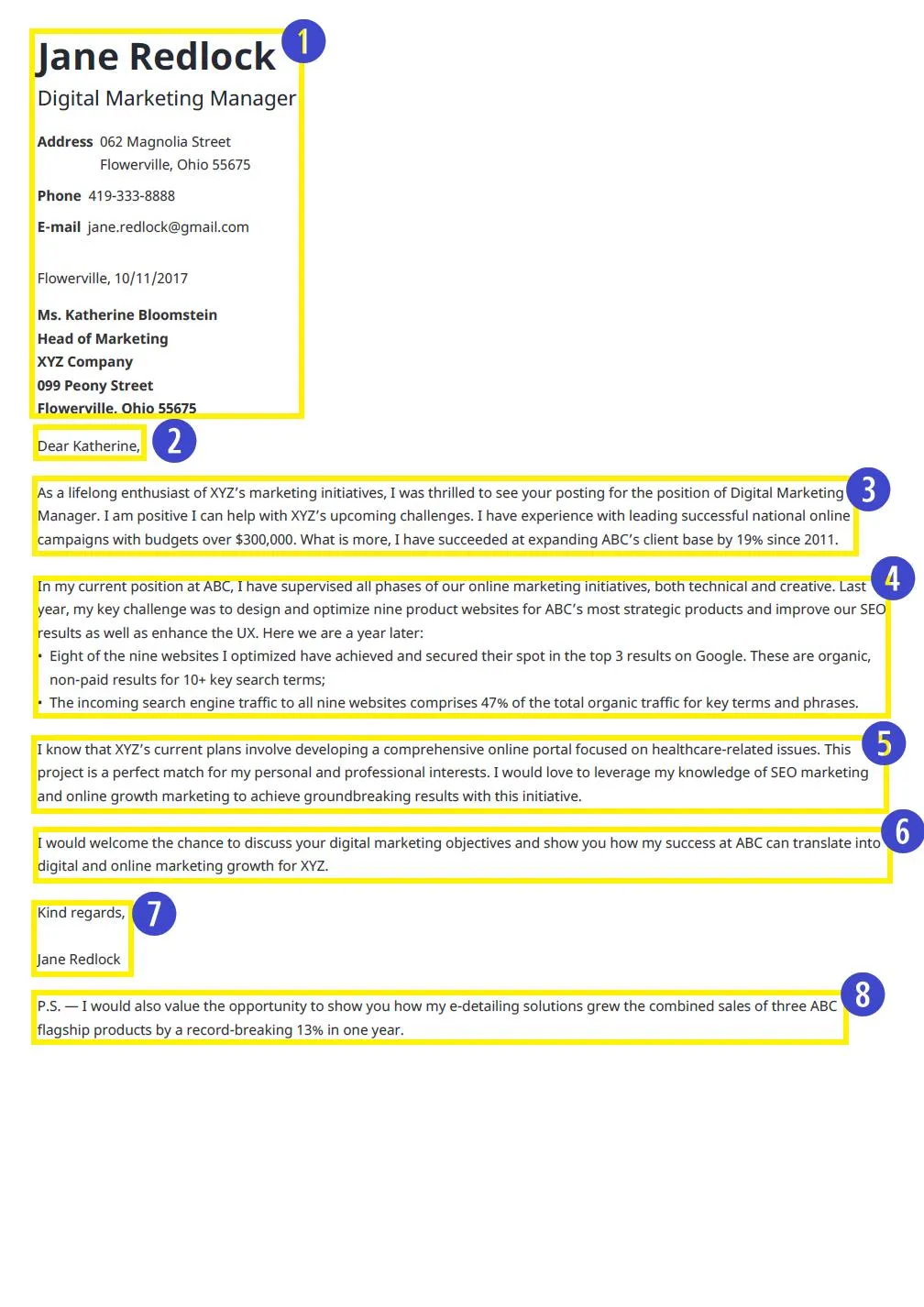
Start strong. Your first paragraph is your chance to immediately capture the reader’s attention. Begin by stating the specific position you are applying for and how you found the job opening. Then, include a brief, compelling statement about why you’re excited about the opportunity and what makes you a good fit. You could mention something specific that attracted you to the role or the company, demonstrating that you’ve done your research. This opening sets the tone for the rest of your letter and encourages the hiring manager to keep reading, making a positive impact.
Second Paragraph - Highlight Skills
In the second paragraph, delve into your skills and experiences that directly align with the job requirements. Carefully review the job description and identify the key qualifications and skills the employer is seeking. Provide specific examples of how you’ve demonstrated these skills in your previous roles or projects. Quantify your achievements whenever possible (e.g., “Increased sales by 15%,” “Managed a team of 10 people”). This approach shows, rather than just tells, the hiring manager about your capabilities. Use action verbs and concrete examples to highlight your abilities.
Third Paragraph - Show Enthusiasm
The third paragraph allows you to express your enthusiasm for the company and the specific role. Explain why you’re interested in the organization and what aspects of the company culture or mission resonate with you. Mention something specific that you admire about the company or the team. Connect your career goals with the opportunity, and show how the position aligns with your aspirations. This paragraph shows that you’ve done your research and are genuinely interested in contributing to the company’s success, which could give you a competitive advantage over other candidates.
Proofreading and Editing
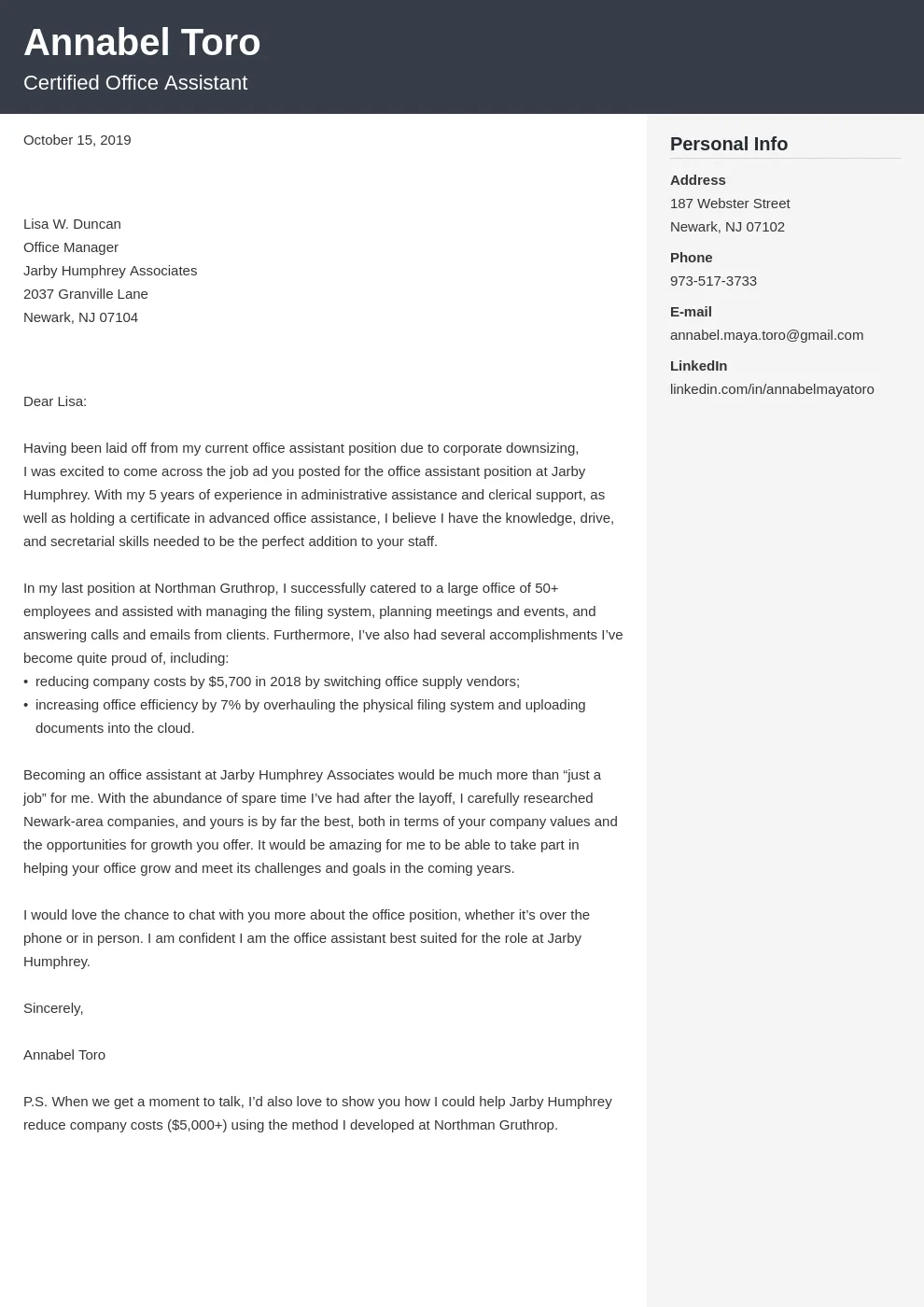
Before submitting your cover letter, proofread it meticulously. Errors can undermine your credibility and give the impression that you are not detail-oriented. Check for typos, grammatical errors, and inconsistencies in formatting. It’s also helpful to have a second pair of eyes review your letter. Ask a friend, family member, or career counselor to read it over and provide feedback. They might catch mistakes you missed and offer suggestions for improvement. A polished, error-free cover letter demonstrates your professionalism and attention to detail.
Tailoring Your Cover Letter
One of the most important aspects of cover letter writing is tailoring your letter to each job application. A generic cover letter is unlikely to impress hiring managers. Customizing your letter shows that you’ve taken the time to understand the specific needs of the role and the company. This level of effort demonstrates your genuine interest in the opportunity and increases your chances of getting noticed. Customizing your letter can prove to be a game-changer in your application.
Researching the Company
Before you start writing, research the company. Visit their website, read their “About Us” section, and browse their social media profiles. Understand their mission, values, culture, and recent projects or achievements. Use this information to tailor your cover letter and demonstrate that you understand the company’s needs and goals. This can help you to identify the requirements to make your application specific to the role. This level of preparation shows you have a keen interest in joining the organization.
Customizing for the Role

Carefully review the job description and identify the key requirements and qualifications. Highlight your relevant skills and experiences by providing specific examples and quantifiable results. Use the same keywords and phrases from the job description to show that you understand what the employer is looking for. Tailor your cover letter to each specific role, showcasing your skills in relation to the job’s specific duties, thus setting you apart from other candidates. This attention to detail demonstrates your ability to understand and meet the needs of the role.
Common Mistakes to Avoid
While writing a cover letter, it’s essential to avoid common mistakes that can hurt your chances of getting hired. Being aware of these pitfalls can help you create a more effective and professional cover letter. These mistakes can range from generic content to ignoring instructions or even failing to proofread. Avoiding these mistakes can boost your chances of securing an interview. Also, a well-written letter can leave a long-lasting impression.
Generic Content
Avoid using generic, pre-written phrases or content. A cover letter filled with clichés or generic statements does not demonstrate your individuality or genuine interest in the role. Instead, focus on showcasing your unique skills, experiences, and enthusiasm. Tailor your letter to the specific job and company to show that you’ve done your research and understand the role’s specific needs. Always remember that personalization is crucial for standing out.
Typos and Grammatical Errors
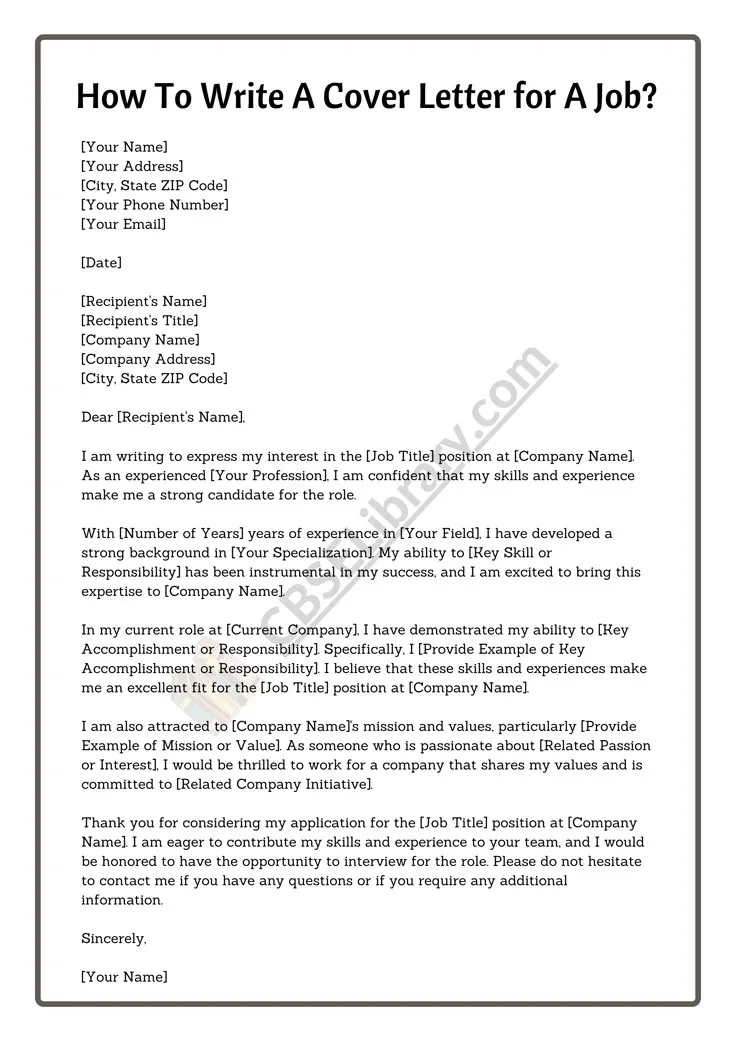
Typos and grammatical errors can significantly undermine your credibility and professionalism. These mistakes suggest a lack of attention to detail and can make you look unprepared or careless. Before submitting your cover letter, always proofread it meticulously. Use spell-check and grammar-check tools, but also have someone else review it to catch any errors you might have missed. A flawless cover letter demonstrates your professionalism and commitment to quality.
Ignoring Instructions
Always read the job application instructions carefully. Pay close attention to the specific requirements, such as formatting guidelines, the preferred method of submission, and any requested materials. Failing to follow instructions demonstrates a lack of attention to detail, and the recruiters may consider it a sign of not being able to follow instructions in the job. Ensure you meet all of the requirements to increase your chances of success.
Finalizing and Submitting Your Cover Letter
Before submitting your cover letter, review it one last time to ensure it’s error-free, well-formatted, and tailored to the specific job. Save your cover letter in a professional format, such as PDF, unless otherwise instructed. Ensure that all contact information is accurate and up-to-date. Double-check the application instructions to make sure you have included all required materials and followed all submission guidelines. Submitting a polished cover letter is the final step in making a strong impression and increasing your chances of getting an interview. Remember to always tailor the document to the role you are applying for.
